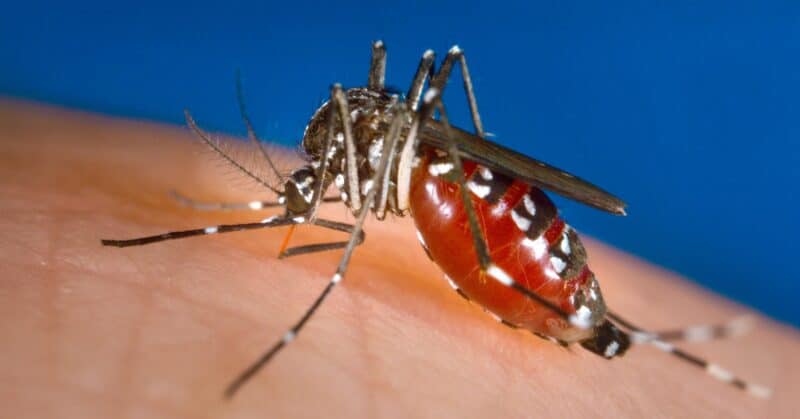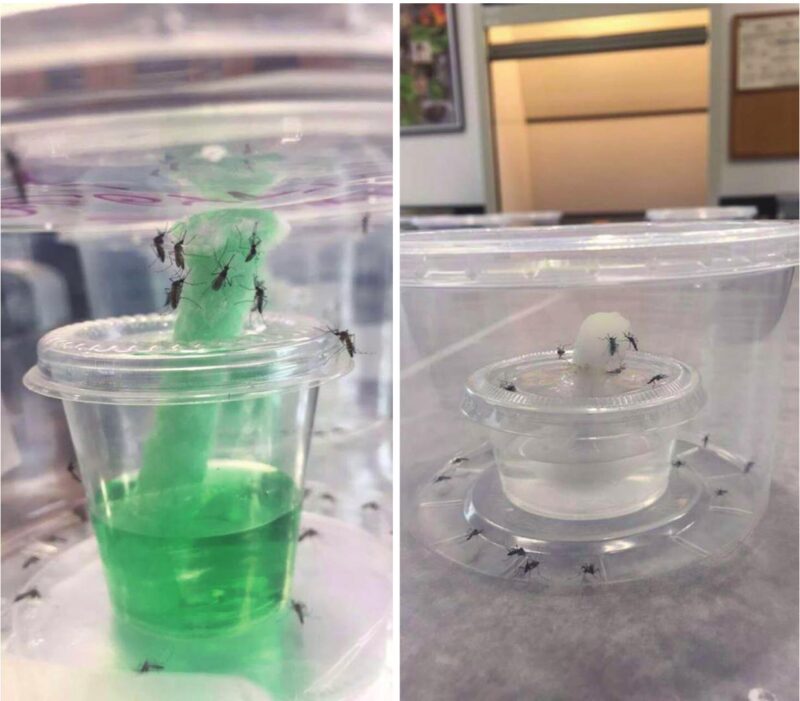An ATSB® (Attractive Targeted Sugar Bait) focuses on repelling mosquitoes outdoors. Most mosquito control devices focus on indoor living. Experts say that there is a great deficiency in repelling mosquitoes outdoors. An ATSB is one of the most effective tools in the outdoor mosquito fight. Finding out more about them may convince you to have them on your property.

An ATSB Station
There are three parts to an ATSB—a toxic substance, an attractive odorant, and sugar. This is an outdoor bait station. It aims to lure and then kill mosquitoes. It is about the size of an A4 sheet. Small pouches on it have an insecticide-laced sugary matrix. A black membrane covers the bait. This setup allows the mosquitoes to feed while safe from dust and rain. An ATSB must be 1.8 meters from the ground, outside. This height keeps them safe from animals and young kids.

Reason Behind ATSBs
Scientists say that these mosquito control devices are easier to install and prepare. The health workers just basically need to nail them to the sides of the houses in the area. These bait systems work because male and female mosquitoes need carbohydrates and sugars from plants for their survival. Natural sugar sources are floral, honeydew, and plant tissue. These insects often have specific preferences when it comes to their sugar sources. The chemical attractants in these sources guide them. Sugar is only a feeding stimulant.
The biological need for sugar makes it easier to bait with a toxic substance. Mosquitoes and sand flies feed from the ATSBs. They get killed off after. Studies show that these ATSBs have decreased mosquito populations significantly.

Through the years, managing mosquito populations have concentrated on chemical, mechanical, and biological means. Biological means are not used in many areas yet. Mechanical means may fail sometimes. Chemical means have made any mosquito species resistant to insecticides. Anopheles gambiae, Culex pipiens, and Aedes aegypti are a few of these resistant mosquitoes.
Another issue with using insecticides or pesticides is the negative impact they have on the beneficial insects in the surrounding environment. Pollinators also die off when areas are sprayed to kill mosquitoes. ATSBs are effective in trapping target insects, specifically, mosquitoes. They are inexpensive and sustainable.
The Start
When scientists started ATSBs, they used non-attractive poisonous sugar baits on extremely attractive flowers. They used powerful floral scents to attract mosquitoes. This is effective in approaching areas without flowering plants. It can also help non-target insect populations to recover from insecticide killings.
Features and Benefits
An ATSB can help protect your household from mosquito bites. It takes advantage of the sugar cravings in mosquitoes. Here are some of the features and benefits that you can get from these mosquito control systems:
- Attracts Culex, Anopheles, and Aedes mosquitoes
- Easy to deploy and install
- Can prevent non-target insects from consuming the bait
- Durable
- Tends to last during an entire transmission season.
- Can use many types of insecticides.

ATSBs are friendlier to the environment. They can target the mosquitoes in your area and eradicate them. This solution can keep beneficial insects safe. Installing ATSBs on your property can control the number of mosquitoes in the area. It can also reduce the number of cases of mosquito-borne diseases.